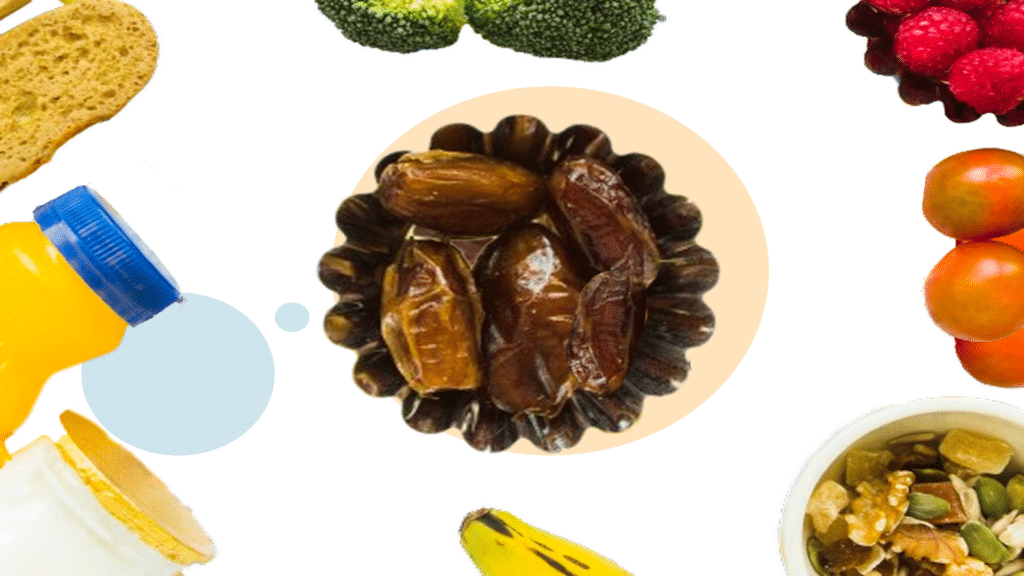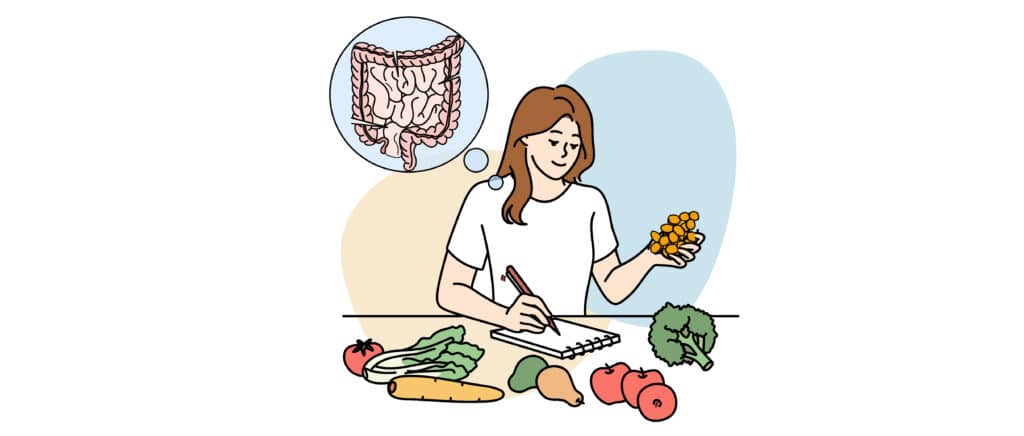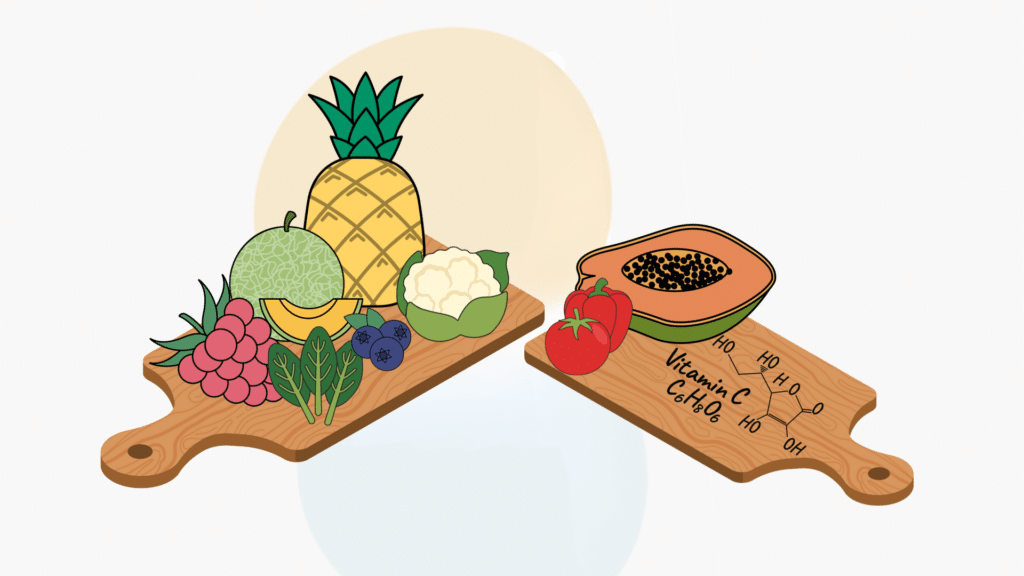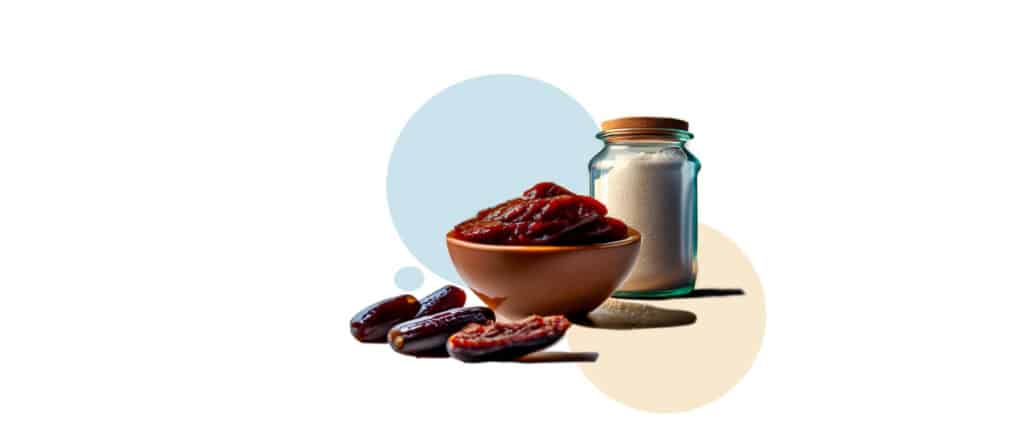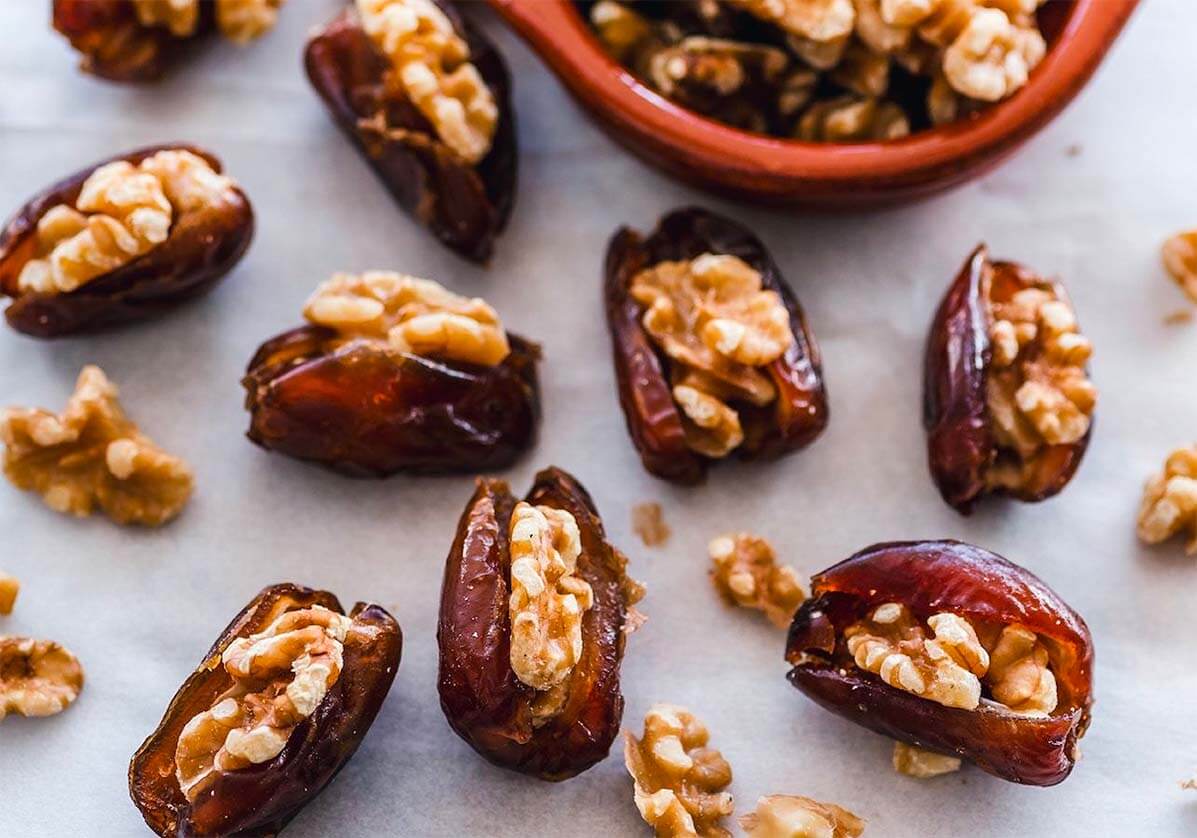How to Create an Inflammation Diet Meal Plans for Optimal Health
- An anti-inflammatory diet is a way of eating that focuses on whole and nutrient-dense foods. E.g., fruits, vegetables, and whole grains.
- Examples of foods you should avoid in inflammation diet meal plans are alcohol, sugars, processed foods, and bad fats.
- Mindful eating and physical exercises are great tips to help you reduce inflammation.
Inflammation forms a vital part of your body’s immune system. It occurs when your body recognizes and removes harmful substances. Although this is a natural process, it can affect your body when it’s too much leading to chronic diseases.
The good thing is that a healthy diet can help you reduce inflammation. Read on to learn more about what you should eat or avoid in inflammation diet meal plans.
Foods to Include In Inflammation Diet Meal Plans
There are many foods that you can eat in this type of diet. Some of these foods include the following:
Fruits
Fruits are high in vitamins C, K, A, and E. These nutrients are great for reducing inflammation. Examples of such fruits include the following:
- Dates – are a superfood that should not be missed in your diet. They contain vitamins such as vitamins A, B1, 2,3, and 6. Dates are also low in sodium and contain fiber which can help you reduce body weight.
- Berries – strawberries, blueberries, and raspberries are rich in vitamin C and fiber.
- Citrus – fruits like oranges, lemons, and limes are rich in vitamin C. These fruits also contain fiber, B vitamins, and vitamin A.
Vegetables
Vegetables are another great food you should eat. Like fruits, they contain fiber. They are also high in B vitamins and vitamins A, C, and K. Examples of veggies to include in this type of diet include the following:
- Dark green leafy vegetables – spinach, kale, and broccoli contain vitamins A, K, and C, which help protect cells from damage.
- Brightly colored vegetables – carrots, butternut squash, and sweet potatoes- are high in vitamin A, which is vital in reducing inflammation.
- Peppers – like bell peppers, are rich in vitamin C, which helps protect cells from damage.
Nuts
Nuts like cashews, pine nuts, and walnuts are high in vitamin E, good fats, and fiber. All these are vital in reducing inflammation.
Whole Grains
Whole oats, brown rice, and millet are great foods that can improve your health. They contain fiber and B vitamins which can help prevent diseases.
Seafood
Oily fish and shellfish are high in good fats, such as omega 3, which help prevent inflammation.
Herbs and Spices
Spices are healthy and can enhance the flavor of your foods. Examples of herbs and spices are ginger, black pepper, rosemary, and garlic. Spices and herbs contain substances that help prevent chronic diseases.
Foods to Avoid in Inflammation Diet Meal Plans
Here are foods that you should avoid when following an anti-inflammatory diet:
Processed foods
Refined grains such as white bread and pasta, bacon, and cured meats can change the bacteria in our gut. This can lead to inflammation.
Sugars
Foods high in sugars, such as sodas, cakes, and ice cream, cause a rapid increase in your blood glucose. This can lead to diabetes.
Bad Fats
Bad fats such as canola, safflower, and sunflower contain high omega six that can cause inflammation.
Alcohol
Alcohol changes gut bacteria. This can make you prone to diseases. It is also high in calories which can cause weight gain.
Samples of Inflammation Diet Meal Plans
An anti-inflammatory diet meal plan focuses on whole foods in their natural forms. Such foods include whole grains, fruits, veggies, nuts, and seafood. It also avoids processed foods, alcohol, and foods high in bad fats, like chips and doughnuts.
Here’s a sample of a meal plan:
Breakfast Ideas
Breakfast is the main meal of the day. As such, it should be nourishing and satisfying. Here’s what you can eat for breakfast:
- Smoothies – you can make smoothies using fruits like berries, bananas, papayas, or avocadoes. Add a few dates to your smoothie to sweeten it instead of sugar. Vegetables like spinach are also great to make smoothies with. Make sure to add protein to your smoothie to make it a complete and balanced meal. For example, you can blend cherries, spinach, ginger, avocado, and a few dates to make a cherry spinach smoothie. Remember to add protein powder to act as a protein source.
- Salads – who said you cannot have salads for breakfast? A simple breakfast salad may include fresh vegetables such as spinach, tomatoes, and carrots. You can add strawberries or leftover rice and top it with eggs for protein.
- Whole grains – whole grains pair well with nuts, making a great breakfast. Add almonds to your oats or quinoa to increase good fats, protein, and energy.
- Toast – you can enhance whole wheat bread and make it healthier by topping it with avocado and eggs. This creates a balanced meal that can take you through the day.
Lunch Ideas
Lunch ideas may include the following:
- Salads – you can eat salads for lunch, just like breakfast. Eggs and legumes make good protein sources for salads topped with vegetables and whole grains. You can also make salads with seafood, like vegetable-tuna salads.
- Soups – they are satisfying and healthy. Vegetable soups like squash or pumpkin soup are good sources of vitamin A.
- Seafood–baked salmon served on a bed of lettuce makes a healthy lunch option.
Dinner Ideas
You can use lunch ideas for dinner and vice versa. Here are other dinner ideas:
- Tacos – this Mexican delicacy is an excellent dinner option, especially when made with whole grains. A good example is a shredded chicken taco topped with tomatoes, peppers, and onions.
- Burgers – burgers don’t always have to be fatty. You can make burgers with legumes, such as—a black bean burger.
- Chicken – air-fried chicken served with baked potatoes and vegetable salad is delicious and healthy.
Snack Options
Here are healthy snacks that you can eat in this type of diet:
- Fruits such as berries and dates
- Vegetables like chopped carrots, cucumbers, or leeks
- Nuts like almonds or cashews
- Green smoothies
- Guacamole with vegetable
Tips for Inflammation Diet Meal Plans
These tips can help you get started on an anti-inflammatory diet:
Meal Prepping and Planning
As with anything, prior preparation is vital. Create a weekly calendar detailing the types of meals you’d like to prepare for the week. You can ask your family about their favorite foods and add them.
After that, create a shopping list from your weekly food calendar. It’s easier to do bulk shopping than shopping every day.
You can prepare your meals daily if you have time, as fresh meals are better. Or, you can dedicate one day every week and prepare meals for the whole week.
Mindful Eating Practices
Knowing what to eat is not enough. It’s good to do so mindfully. Mindful eating involves a lot of things. E.g., eating slowly, serving enough portions, and chewing thoroughly.
Incorporating Physical Activities into Your Daily Routine
Engaging in physical activities can help improve your health, preventing diseases.
Eating whole and nutrient-dense foods may be a great way of reducing inflammation and improving your health. There are many delicious options that you can choose from such as fresh fruits, vegetables, whole grains, fish, and nuts. So why not add these foods to your diet and see how they can make a positive difference in your life? Your body will thank you!
Summary
Inflammation is a natural process, but when it’s too much, it can lead to health problems. Whole grains, fruits, and vegetables are foods that can help reduce inflammation, while processed foods, alcohol, and foods high in sugar and bad fats cause it.
An example of a meal plan that can help reduce inflammation includes a green smoothie for breakfast, a salad with grilled chicken for lunch, and salmon with roasted veggies for dinner. Start adding small changes such as planning, choosing whole foods, and adding herbs and spices to your meals. With these tips, you can start enjoying the health benefits of an anti-inflammatory diet today.
Scientific Information
Diabetes is a disease that affects how your body produces and responds to insulin. This may lead to high or low blood sugar.



